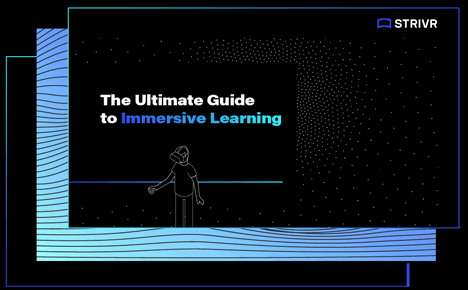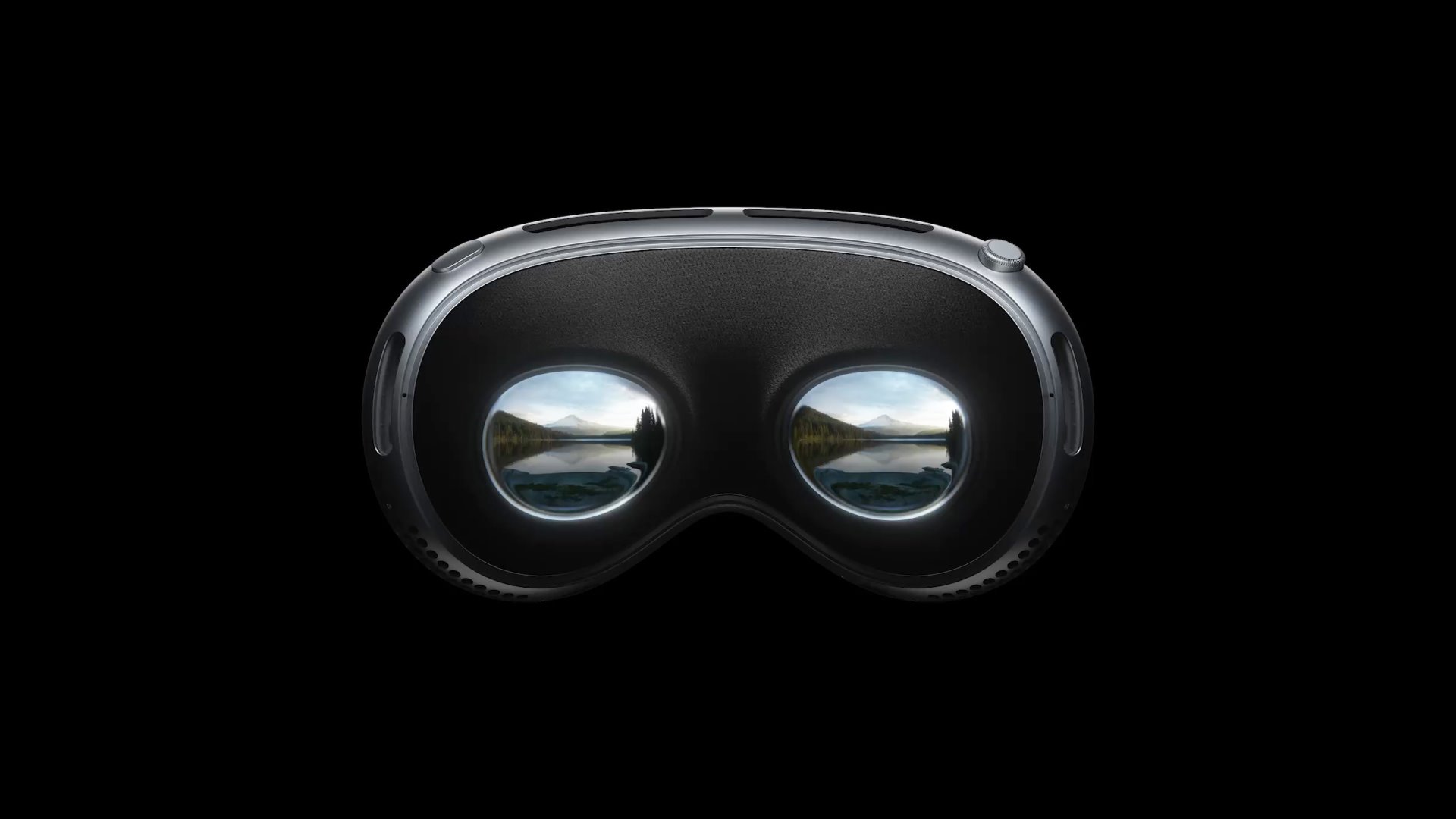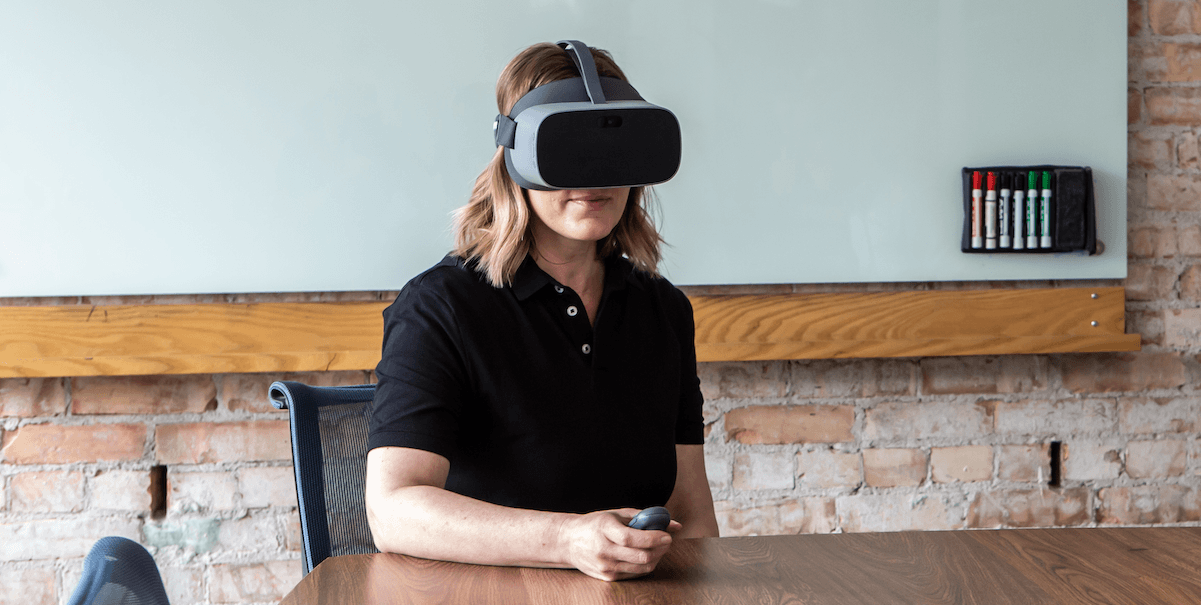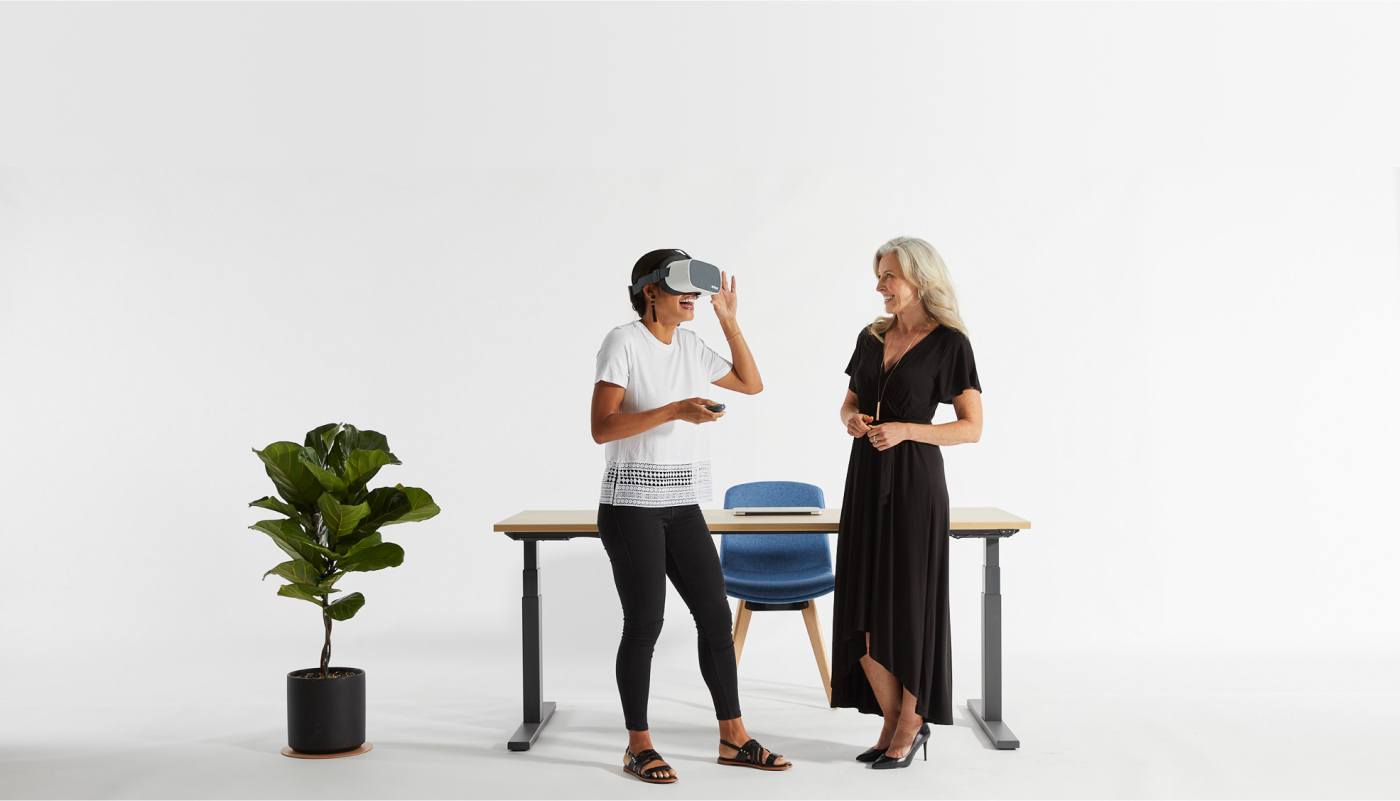The US Army is leaning into virtual reality (VR) technology to support mission-critical training objectives. VR training is specifically useful for initiatives that require cadets to gain practice in specific tactical areas in terms of weather, lighting, and terrain.
For a Kansas kid heading to Asia or the Middle East, it’s a whole new world. The ability to train that cadet in a highly realistic setting — one that can even mimic roads, buildings, and other details of a targeted deployment area — can be priceless.
But mission-critical training does not just refer to military forces. Most companies today have mission-critical training objectives they cannot afford to botch.
[Webinar] Expert insights: Why employees learn better and faster with VR training
What makes a training mission-critical
Mission-critical training refers to any organizational learning program that directly impacts a highly consequential area of business. Often, mission-critical areas of business inherently carry a lot of risks if the people running and operating within them are not well-trained.
For instance, within a hospital, well-trained surgeons are an obvious mission-critical focus, but you could also argue that training front-desk staff in regulatory compliance is equally important. If a receptionist does not truly understand HIPAA law, they might unintentionally violate this law and put the entire business at risk of enormous fines or lawsuits.
Mission-critical training is integral to the efficient functioning of the organization as well as the safety of customers, employees, and the company itself. While every type of employee training ultimately ladders up to the organization’s mission, there are some areas of training that are more “equal” than others when it comes to protecting, growing, and ensuring the success of the business.
The advantages of VR training
VR is revolutionizing mission-critical training by providing immersive, realistic simulations that can better prepare people for high-pressure, high-risk, and high-impact situations. While VR training is effective for a lot of different types of learning, it’s particularly effective for mission-critical training because it so greatly enhances situational awareness — something that’s hard to teach in traditional learning methodologies such as textbooks, videos, and roleplaying.
Immersing an employee in a highly realistic virtual setting allows them to embody the training and “learn by doing” rather than by reading, watching, listening, or memorizing. The ability to physically practice a skill — whether it be a hard skill such as hazard spotting or a soft skill like communication — helps ingrain the learning within their brain.
The opportunity to practice with repetition is another way in which VR training simply works better than traditional methodologies. Being able to practice a motor skill or soft skill over and over until it’s embodied is how people learn best.
Where VR training is particularly effective
For any airline, having technicians who are well-trained to check airplanes before takeoff is a mission-critical L&D focus. That’s why, at JetBlue, giving new technician trainees the ability to practice on a virtual airplane serves two purposes:
- It gives the technicians a chance to physically push buttons and spot warning signs without putting them (or anyone else) in danger
- It does so without having to take a real airplane out of commission — a historical practice that has been incredibly expensive for all airlines
JetBlue uses VR training in the form of Immersive Learning to ensure that technician trainees know what they’re doing before they ever hit the tarmac, so to speak. Where the trainees used to sit in classrooms all day, they now enter a virtual airplane and get the sense of presence VR imparts, along with the repetitive practice at mission-critical tasks they’ll be expected to perform on the job.
Try selecting “Reduce training time” in our VR Assessment Tool
This is just one example of how VR lends itself well to mission-critical training objectives. VR can also be used for all kinds of health and safety training, teaching team members how to handle difficult customers and get better at customer service, and — particularly important in manufacturing, for one — make operations far more efficient to curb the bottom line.
Getting started on VR training for mission-critical skills
For every organization, the first step to improving areas of mission-critical training is to identify what those areas are. Conducting an analysis of your organization’s training options and results is an important exercise.
Once you’ve identified what area of mission-critical training you’re going to initially tackle, you can then begin to design a VR module — typically in cahoots with an Immersive Learning partner like Strivr — in order to ensure the success of the venture.






